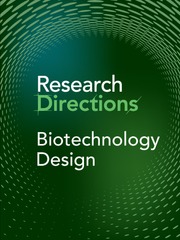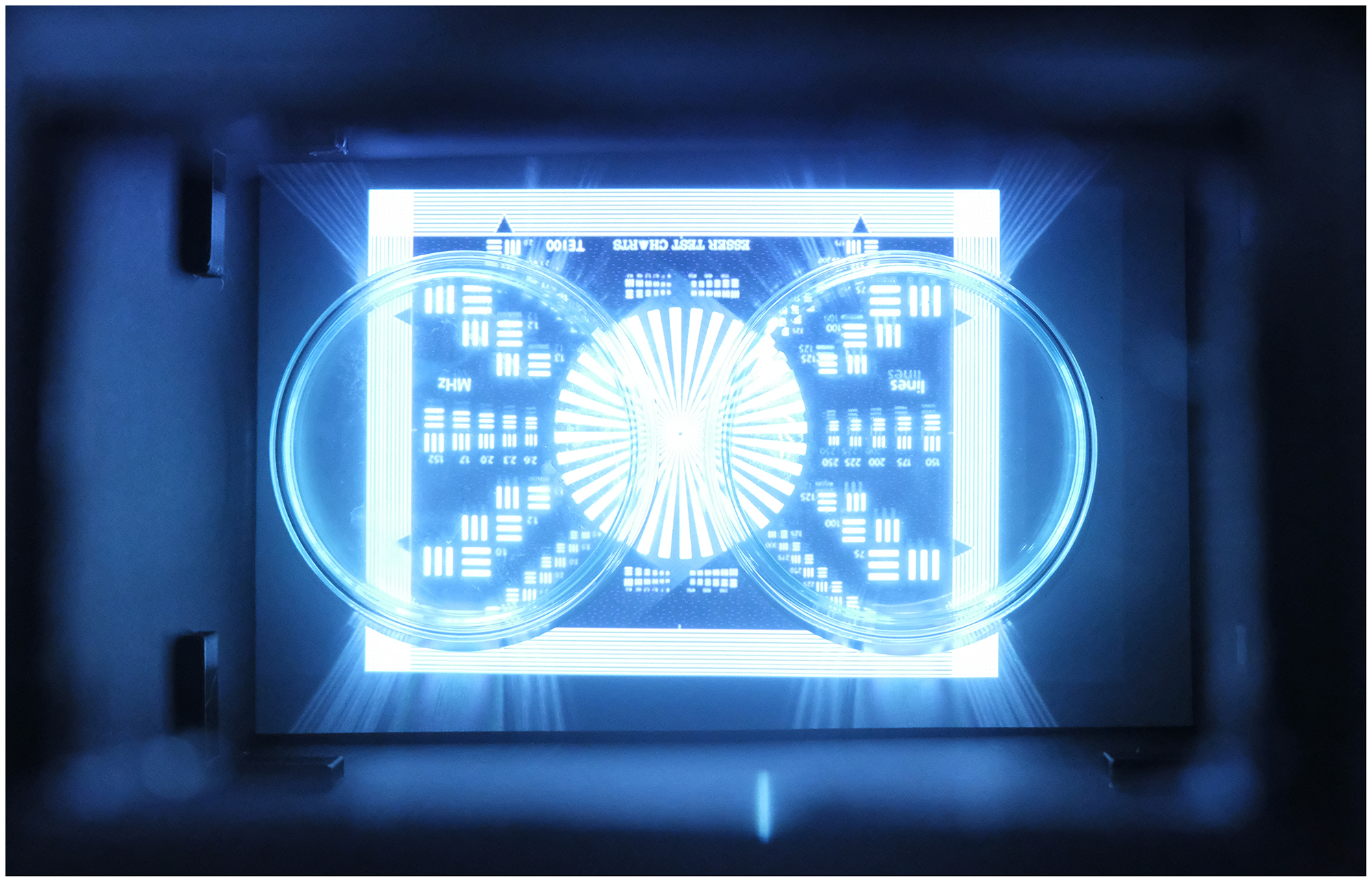Context
Biodesign is a recent discipline broad in scale and scope, reaching towards solving complex ecological issues such as climate breakdown, pollution, biodiversity loss and social justice. Designers manipulate living matter and translate scientific discoveries and methods into real-world applications. Although some specialization and knowledge have emerged from working with specific organisms like algae, mycelium, bacteria, for example, the variety and vastness of the natural sciences require a greater understanding of the intricacies of the collaborative nature and interrelationships between lab protocols, scientific tools and methods and the tools and techniques for design production. As a result, the ingenuity of biodesigners to adapt, transform and invent new interdisciplinary methods is an emerging space. We are looking at presenting and discussing the invention of new technical skills, toolkits and machines that allow for the calibration and manipulation of living systems for the the advancement of the discipline of Biodesign.
Contributions
We invite contributions in the following areas:
Results
-
Experimental results that report on original tools, machines, techniques and technologies that support deployment models for biological materials and processes supported by experimental data. This can range on design frameworks for bespoke bioreactors, incubators, bio printing machines, computational imaging and data visualization tools relevant for bio-fabrication and bio-computation design processes.
-
Inquiry into interdisciplinary experimental methods that integrate scientific methods of manipulation with biological systems for design purposes and its changing scales of manufacturing and material sourcing methods.
-
Design and evaluation of emerging bio-fabrication methods for upscaling and/or large-scale prototyping for biodesign/biotechnology applications.
Analysis
-
Reviews of key design and science workflows, tools, machines, technologies and relevant case studies.
-
Proposals for design and/or assessment frameworks for deployments of models for biological materials and processes.
Impact
-
Reviews of industrial applications and interest in grown, living, bio-hybrid materials and production methods.
-
Critical evaluation of bio-fabrication and bio-computation tools, equipment, software and their likely efficacy, evaluated against existing design processes.
-
Reviews of modes of multidisciplinary pedagogy, research and practice in the biodesign and biotechnology disciplines.
-
Classification systems for bio-fabrication, bio-assembly methods which address scale, timescales of production and ethics of living systems-based resources, systems and material processes.
Additional material and early outputs
We welcome a broad range of curated discussion pieces including submission of design portfolios, short polemics, position pieces or provocations. As the question content develops, we expect this engagement to comment on the existing archive of published material.
How to contribute to this Question
If you believe you can contribute to answering this Question with your research outputs, find out how to submit in the Instructions for authors (https://www.cambridge.org/core/journals/research-directions-biotechnology-design/information/author-instructions/preparing-your-materials). This journal publishes Results, Analyses, Impact papers and additional content such as preprints and “grey literature.” Questions will be closed when the editors agree that enough content has been published to answer the Question so before submitting, check if this is still an active Question. If it is closed, another relevant Question may be currently open, so do review all the open Questions in your field. For any further queries, check the information pages (https://www.cambridge.org/core/journals/research-directions-biotechnology-design/information/about-this-journal) or contact this email ([email protected]).
Competing interests
The author declares none.




